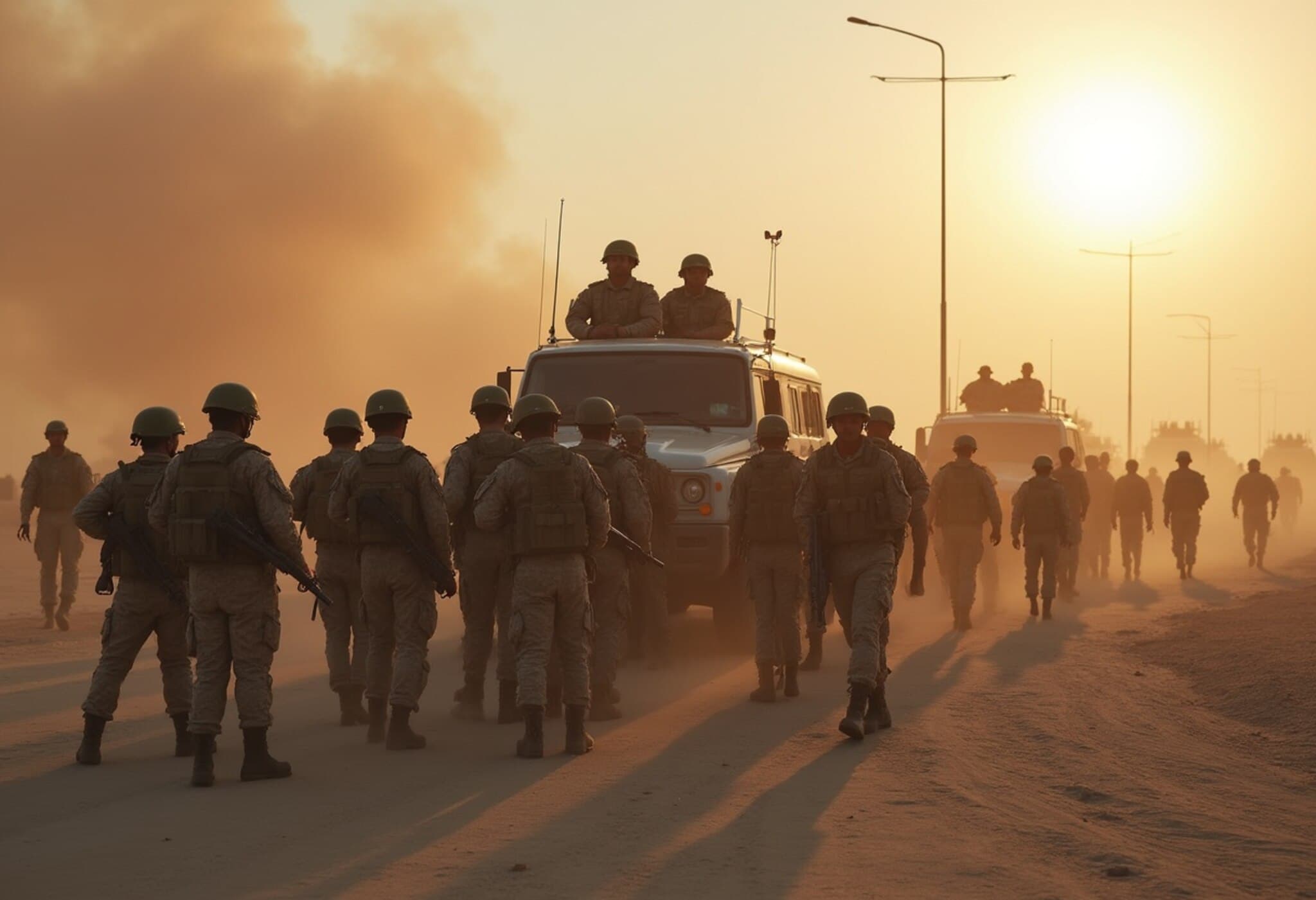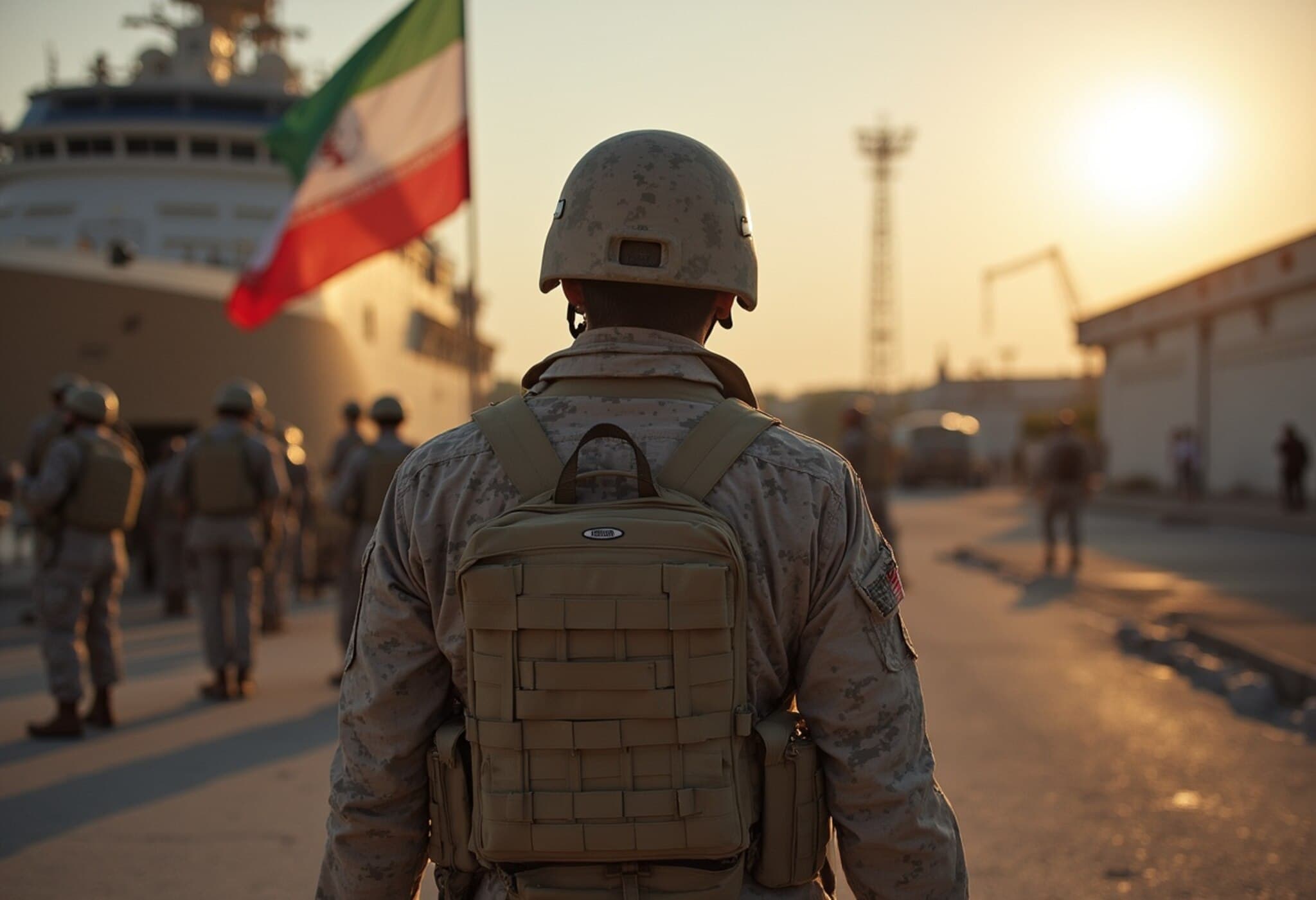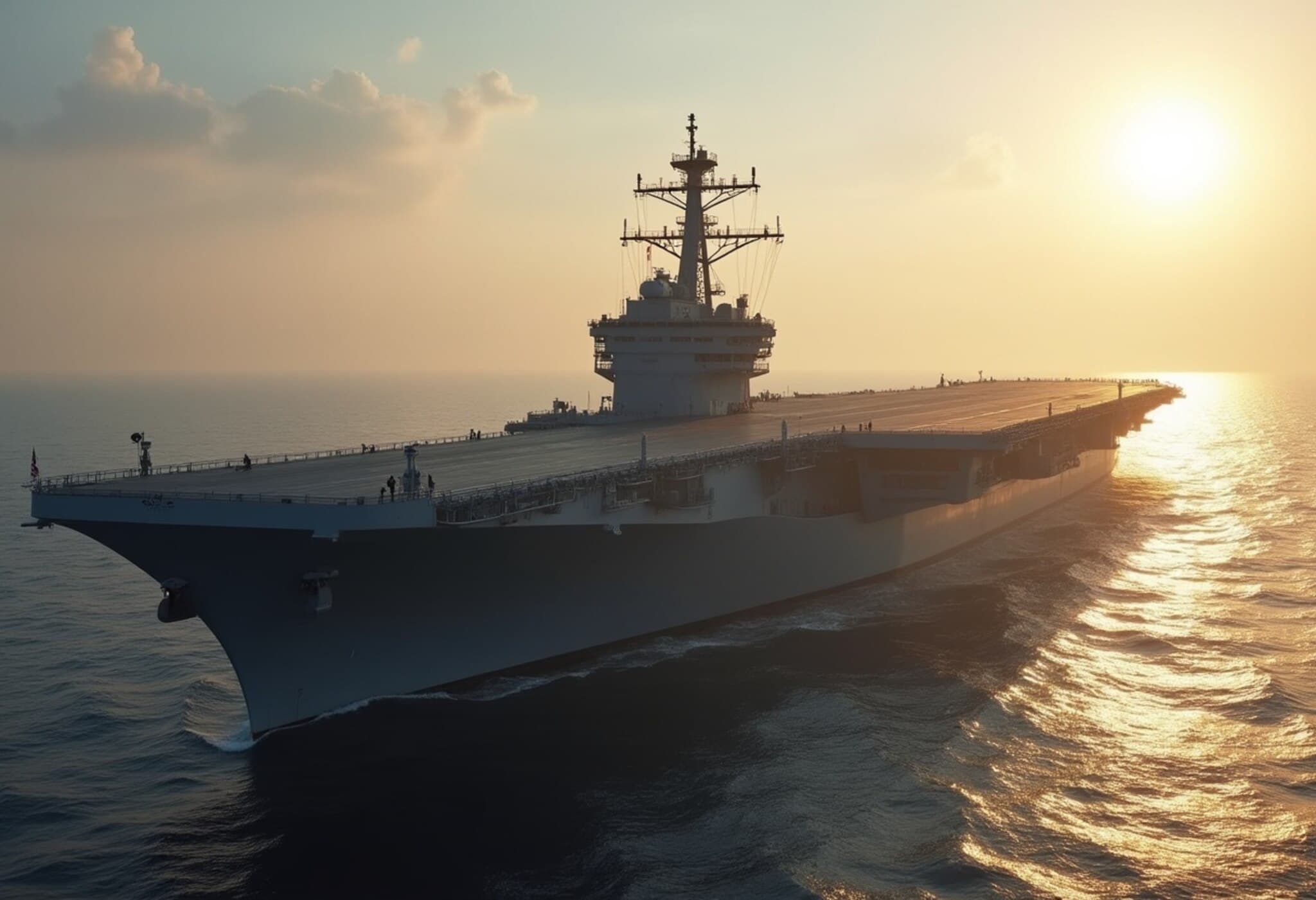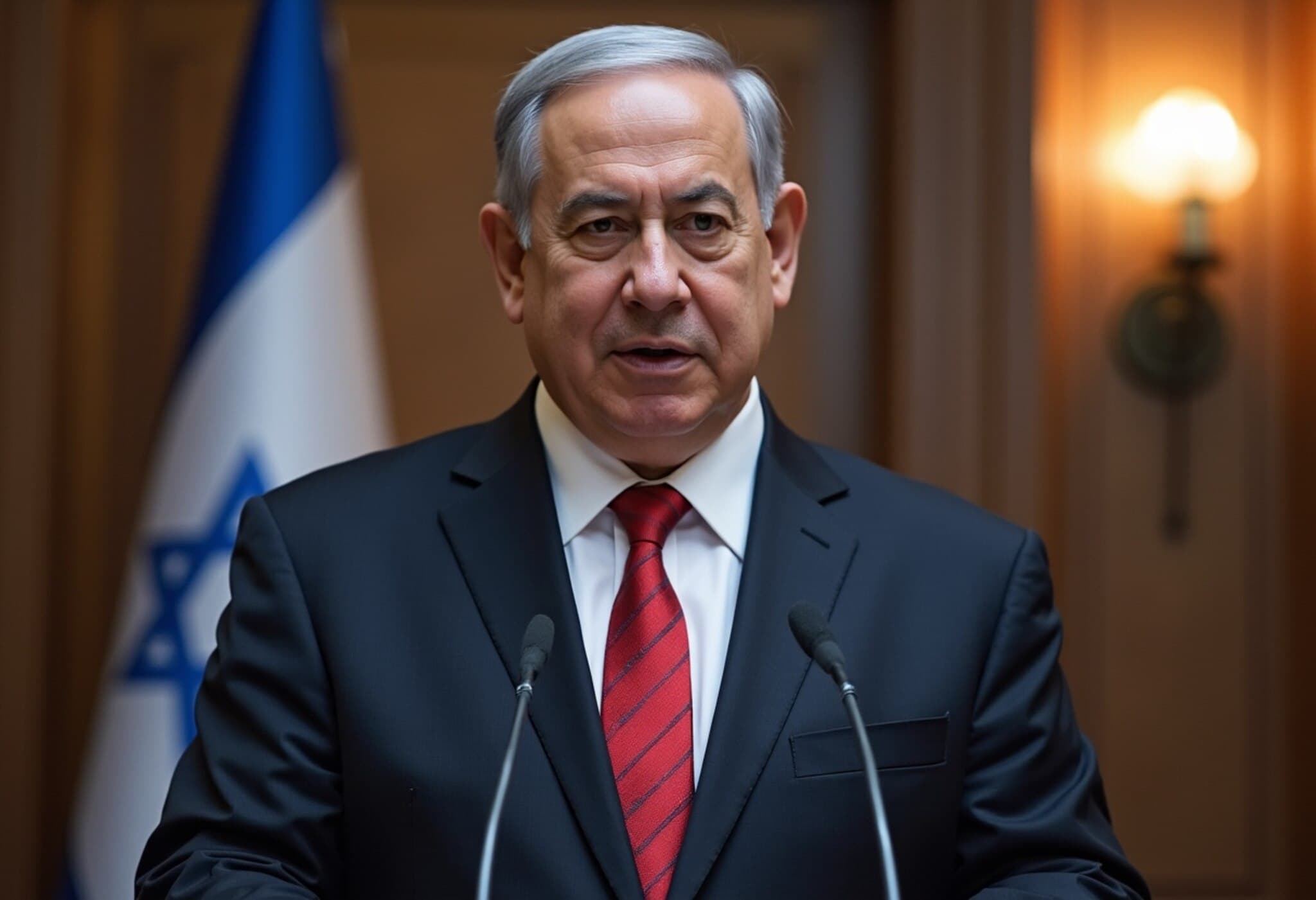US Orders Partial Embassy Evacuation and Military Shift in the Middle East
Amid escalating tensions in the Middle East, the United States has sanctioned a voluntary departure of dependents of American personnel stationed in several regional countries, including Iraq, Bahrain, Kuwait, and the United Arab Emirates. This precautionary move comes ahead of anticipated security threats linked to stalled negotiations over Iran’s nuclear program and Israel’s declared readiness for military action against Iran.
President Donald Trump underscored the seriousness of the situation, noting that the decision to relocate U.S. staff stems from the region's increasing volatility.
Mapping the US Military Footprint Across the Middle East
The U.S. has maintained a longstanding military presence in the Middle East, operating at least 19 military sites and commanding approximately 40,000 to 50,000 troops as of 2025. These bases serve various strategic roles—ranging from intelligence gathering to logistical support and rapid force deployment.
Key US Bases in the Region
- Al Udeid Air Base, Qatar: Established in 1996 and spanning 60 acres, this is the largest U.S. military installation in the Middle East. Home to about 10,000 troops and nearly 100 aircraft including drones, it acts as the forward headquarters for the US Central Command (CENTCOM).
- Naval Support Activity, Bahrain: Hosting the U.S. Navy's Fifth Fleet, this base accommodates roughly 9,000 military and civilian personnel. It plays a vital role in securing naval operations across the Gulf.
- Camp Arifjan, Kuwait: Serving as a central hub for supply, logistics, and command functions for U.S. forces, this base supports operations throughout the Middle East.
- Al-Dhafra Air Base, UAE: A key strategic location focused on reconnaissance and combat air operations with advanced aircraft like the F-22 Raptor and AWACS surveillance planes.
- Erbil Air Base, Iraq: Used extensively for air operations across northern Iraq and Syria, particularly in coordination with Kurdish and Iraqi security forces.
Strategic Military Movements and Increased Precautions
In response to recent Israeli military strikes and the looming threat of Iranian retaliation, the U.S. Navy has redirected assets such as the destroyer USS Thomas Hudner toward the eastern Mediterranean. This vessel, equipped with ballistic missile defense capabilities, is part of a larger maneuver including additional destroyers whose positions are adjusted to enhance rapid response readiness.
Currently, about 40,000 U.S. troops are present, a rise from the usual deployment numbers, reflecting a surge due to intensified conflicts and attacks in surrounding maritime areas.
The U.S. also maintains aircraft carrier presence, notably the USS Carl Vinson in the Arabian Sea, while carriers like the USS Nimitz and USS George Washington could be deployed if further reinforcements become necessary.
Diplomatic and Security Concerns Escalate
Diplomatic talks to curb Iran’s nuclear ambitions have encountered setbacks, raising the specter of military confrontation. The International Atomic Energy Agency (IAEA) criticized Tehran's cooperation as insufficient, fueling tensions further. Meanwhile, Iranian officials have warned of possible retaliation targeting U.S. bases if diplomacy fails.
Amid these developments, travel restrictions have been imposed for U.S. personnel within Israel, and non-essential embassy staff are being relocated from Baghdad for their safety.
Regional Implications and Economic Impact
The rising instability has drawn global attention to the Middle East, with maritime trade operations cautioning about the potential disruption to shipping lanes. Oil prices spiked over 4% following the evacuation news, signaling market concerns over supply disruptions.
Looking Back: US Military History in the Middle East
U.S. military involvement in the region dates back to 1958 during the Lebanon Crisis. Over the decades, deployments have expanded considerably, adapting to shifting geopolitical challenges.
Recent escalations recall incidents such as the January 2020 Iranian missile attacks on U.S. bases in Iraq, triggered by the killing of Iranian General Qasem Soleimani, demonstrating the enduring volatility of the region.
Conclusion
The United States is recalibrating its military posture in the Middle East carefully to balance deterrence with diplomatic efforts, amid the risk of escalating conflict with Iran. With multiple advanced bases and significant troop levels, the U.S. remains poised to respond rapidly while managing the complex geopolitical tensions that define the region.



















